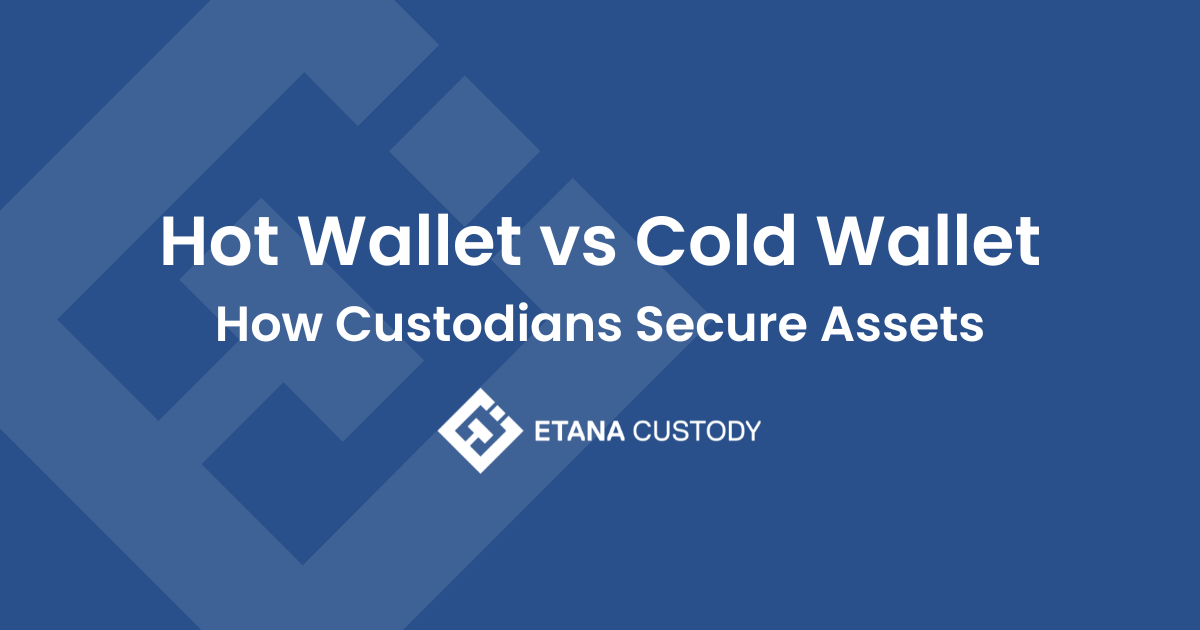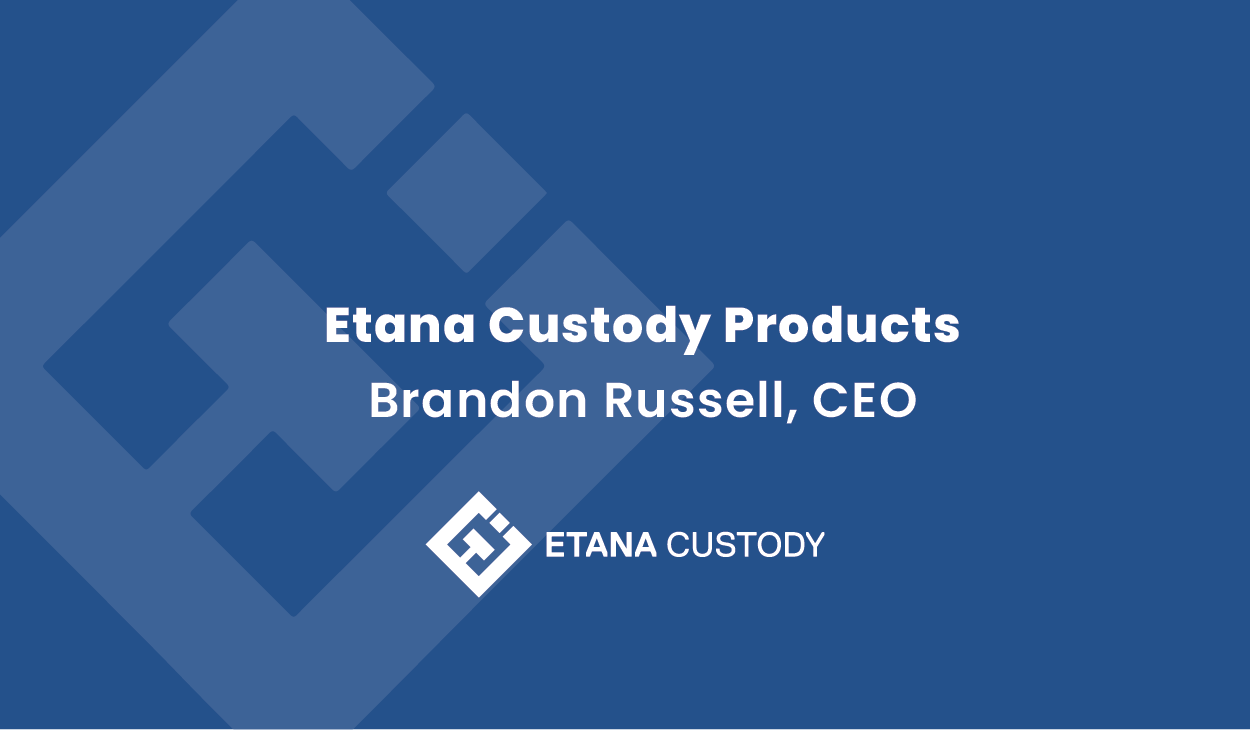The cryptocurrency market is worth an estimated $2 Trillion as of the first quarter of 2022, and although the crypto market has experienced highs and lows over that last six months, distributed ledger technology has not only become part of mainstream consciousness but is well on its way to full integration within the traditional financial framework. With widespread adoption of digital assets, cryptocurrency, and NFT's comes increasing need for safe and secure storage, or custody. This is where hot wallet vs cold wallet storage enters the conversation.
Within the context of a decentralized network, distributed ledger technology (DLT) works by storing data in blocks, chained in sequential order. These records are entrenched and unchangeable so that once data is entered it cannot be reversed. This technology is the foundation upon which all digital assets are traded and stored.
One of the many benefits of DLT is a low barrier to entry because there is no central authority figure to reject users. Anyone can use the system to purchase, sell, or trade digital assets. In addition, blockchain technology requires zero infrastructure or settlement as with traditional banks and clearing firms.
Although a nascent and complex asset class, digital assets and cryptocurrency operate by a finite system of rules making it easy to understand the essential role that custodians play in this burgeoning ecosystem. Let's explore how virtual currency and crypto assets are recorded and protected.
How Are Assets Stored and Accessed?
All virtual currency, and its consequent transaction data, is held in a distributed ledger and assigned a public and private key for access. You can think of a public key as your homes address, and private key, a long, complex number sequence used to verify ownership and control of assets, like the key that unlocks your front door.
Digital wallets are like a traditional bank account, with keys operating like an account number granting access to deposit and withdraw.
Keys can be held in one of 2 ways: self-custody or third-party custody. If a user decides to custody their own private keys, then the safekeeping of that information rests squarely upon the shoulders of the user. What could go wrong? Plenty. The user can lose access to the key, or it can be accessed by hackers. In both cases any claim to the asset is lost for good. Remember with blockchain technology, there is no central party to mitigate risk or hold accountability for assets.
Conversely, digital asset custodians protect users private, or cryptographic keys. They accomplish this using a combination of hot and cold storage techniques:
A cold wallet is a digital asset storage technique wherein encrypted private key data is not connected to the internet. This adds a layer of protection and relative invulnerability because it cannot be accessed by hackers. Although much more secure than its hot wallet counterpart, accessibility is limited, and transactions can take longer as a result. For those electing for cold wallet storage, many exchanges will allow users to access funds equivalent to the amount they have in cold storage to create more immediate transactions.
As an alternative, hot wallets employ a method in which the private key can be stored through multiparty computation (MPC). Such solutions involve several computers, each holding part of a key, and each signing off on every transaction employing that key.
The beauty of an MPC is that hackers must compromise multiple machines, which may be hosted in each of several distinct organizations, to hijack the keys. Such solutions are versatile, because they are online, or "hot."
In any case, third-party custody offers users enhanced asset security as opposed to self-custody. Custody solutions are great for novices, institutional investors, and fund managers alike creating easy access and a safer environment for users to invest in the digital asset ecosystem. Custodians are fulfilling a critical role in the development of public blockchain. They not only secure digital assets but generate workflows and processes to ensure safe and secure transactions.
Retiring Cryptographic Keys
The process of the secure storage of a key can involve passwords. It can also involve monitoring for which institutional grade custodial services are helpful. For example: no one key, or password, should be the same for too long. They should be retired, and alternatives devised when they have lived their useful lifespan.
GK8, a cybersecurity company headquartered in Tel Aviv, Israel, is an example of the companies that have formed to serve the demand for secure storage.
The crypto industry is full of horror stories about stolen funds, hacks, and property lost because passwords have been lost. BlueBenx, the Brazilian crypto-lending program, for example, has reported a $32 million hack and illicit withdrawal. In recent days. There are suspicions (as there are often, sometimes justifiably, after such reports) that the "hack" is a fiction to cover up skullduggery by the management. In either case, and as with similar hacks, or inside jobs, at the expense of financial services that have nothing to do with the blockchain, proper custodial services could help resolve uncertainty.
Secure your cryptocurrency, NFTs (Non-Fungible Tokens) and other digital assets with crypto custody services provided by Etana Custody.

